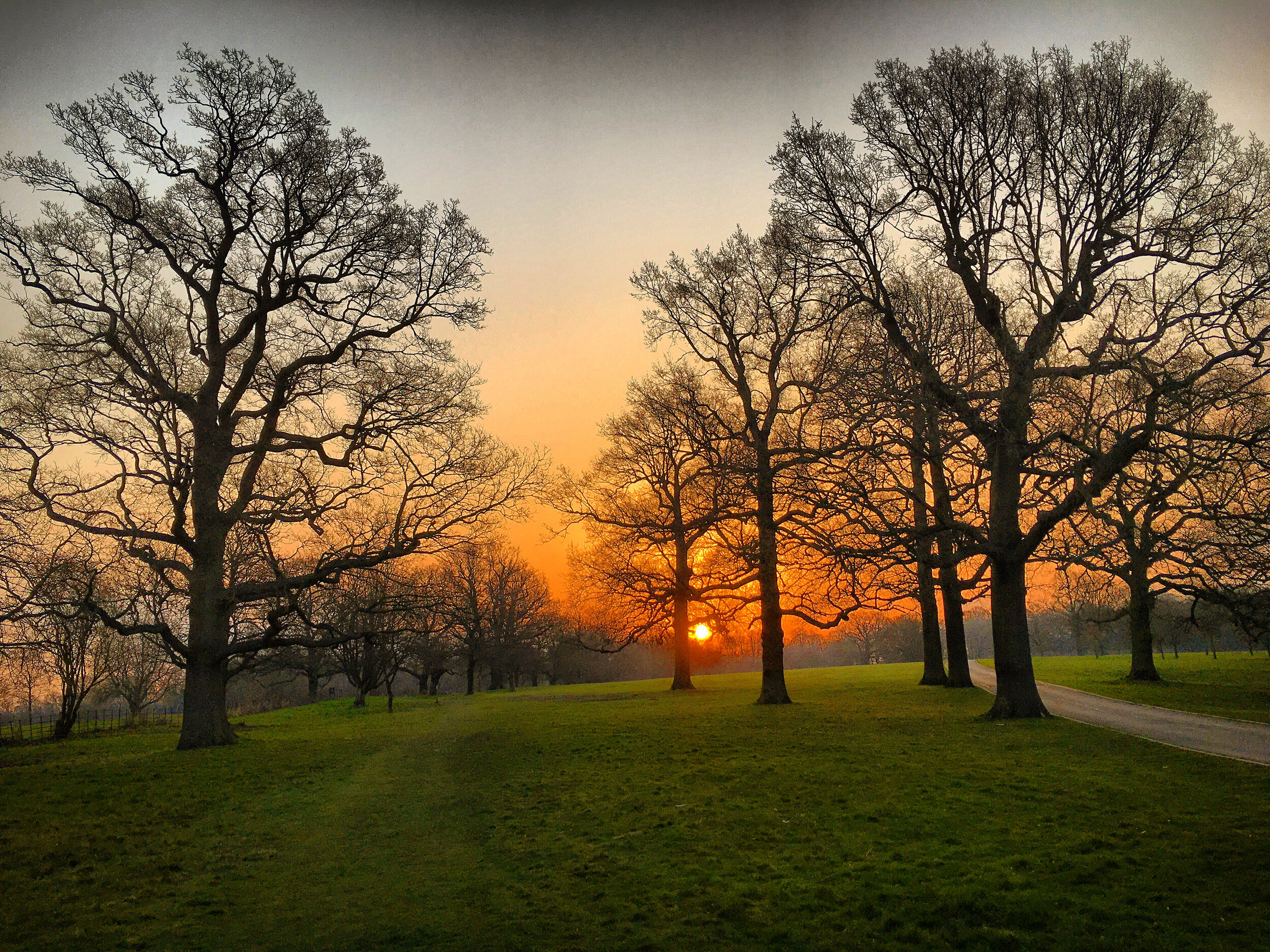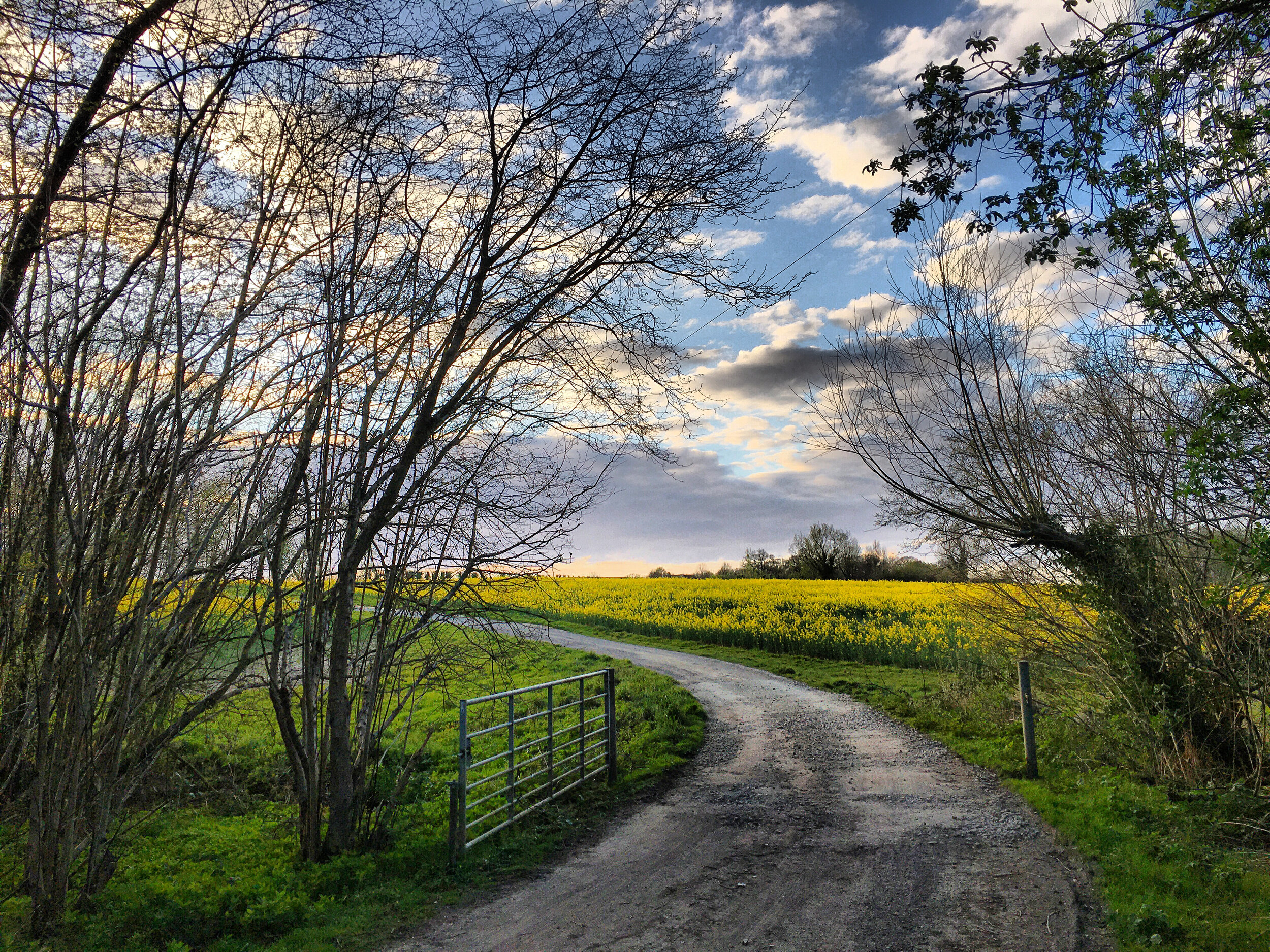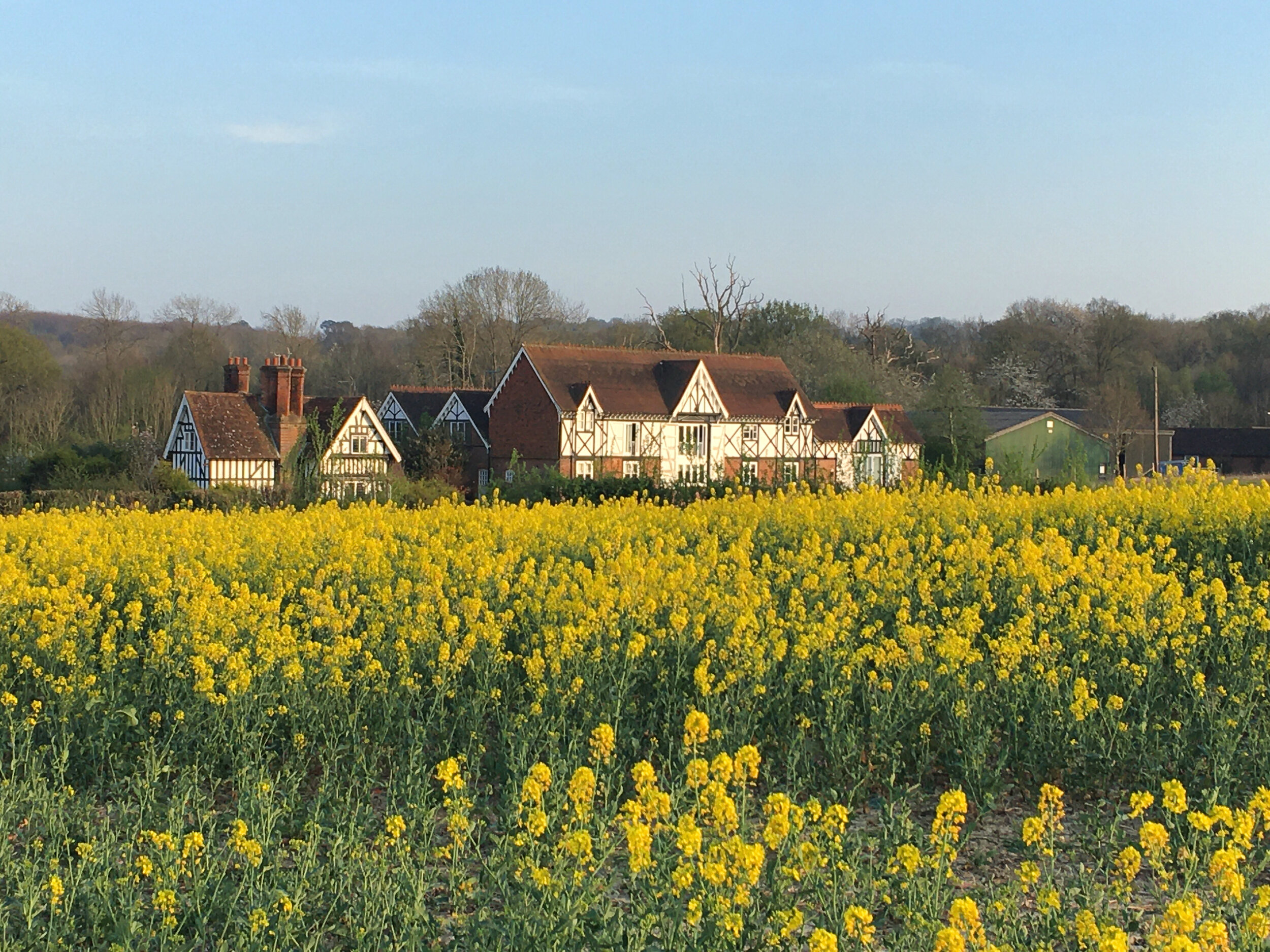Walk 3: The Goldsmid Trail




It was the first weekend of lockdown. The previous 5 days had gone by in a surreal blur as like many households in Tonbridge we had wrestled with the challenge of juggling home schooling with home working, all whilst continuing to hunt for toilet roll, hand sanitiser and flour.
I woke up super early on that Saturday morning. My head was buzzing and as the rest of the house slept I threw on some clothes and took myself off for a walk. In the distance I could see Somerhill House perched up on the horizon. I had never been before but vaguely knew there was a footpath running through the grounds, having driven past en route to the coast. With trips to the beach cancelled and all social engagements on hold, this seemed like the perfect chance to explore.
After seeing Somerhill up close it became more than just an old house on the hill. I read up on its history and connected up the dots with some of the other things I had seen that morning, and that’s how this walk came about.
Begin the trail at the top of Goldsmid road, named after the prominent Dutch-Jewish family that settled in the UK after moving from the Netherlands in 1763.
Cross over neighboring Tudeley Lane and continue across the roundabout as if joining the A21 towards Hastings. On your left there will be a gatehouse signposted for The Schools at Somerhill. Pass through the side gate and follow the path uphill, past the lake painted by Turner after his visit to Tonbridge back in 1810. The painting is currently in storage at the National Gallery Scotland, but you can view it online here.
The public path is outlined by yellow markers. When you reach the top of the hill, the house will be on your right. This grade 1 listed mansion, was built in 1611 but not acquired by Sir Issac Goldsmid until 1849. It was his grandson Julian who extended the house in 1897, making it the second largest in Kent (nearby Knole being the first). The house belonged to the Goldsmid family until 1981. You can read more about the history of Somerhill here.
Sunrise over Somerhill
Walk through the gate and follow the signs across the car park and into the sunken path that runs besides the school. This will take you through the woods and holly bushes until you reach a wooden gate leading into a large field. In Spring this will be filled with golden yellow canola flowers.
On your right will be Park farm, a cluster of attractive farm buildings built by the Goldsmids when they acquired Somerhill and the surrounding estates. Pass through the gap in the trees, then cross over the lane and continue downhill. Keep going until the footpath branches off to the left into a grassy meadow.
Park Farm, Tudeley
Walk round the edge of the field until you reach a little bridge, cross over and go through the woods. Cross a second bridge and walk up into the field. There will be an oast house up ahead on your right.
Once you reach the road you will see a small row of cottages in front of you. Although not as grand as Park Farm, they are also listed buildings and were built by the Goldsmid family at the time of the Somerhill expansion.
Turn left and follow the permissive path along the edge of the field for 300 metres until you see All Saints Church across the road.
All Saints Church, Tudeley
The church is famous for its incredible stained glass windows, designed by Russian artist Marc Chagall. Sir Henry (second cousin of Sir Julian Goldsmid) and Lady d’Avigdor-Goldsmid initially commissioned Chagall to design the East window after their daughter Sarah died in a sailing accident aged just 21. Sarah, an art student, had seen an exhibition on Chagall’s stained glass and become enchanted by his work. Upon visiting All Saints to oversee the installation, Chagall fell in love with the church and immediately offered to design the remaining 11 windows. All Saints Tudeley is the only church in the world to have all of its windows designed by him.
Walk along the road until you get to a sharp bend. The Goldsmid cemetery is just down the road to your right in the direction of Golden Green. The cemetery is locked, but the ornate design of the Grade 2 listed walls allows you to peek inside.
The Goldsmid Cemetery, Tudeley
The Poacher and Partridge is 400 metres down the road should you wish to stop for lunch or a drink, this is a very popular pub and is well worth the detour, particularly in summer when its large beer garden is in full swing.
Retrace your steps back to the junction and turn right towards Tonbridge. Walk past a row of cottages and the allotments and you will see a footpath to your right. Follow this through the brambles until you reach the railway line. There is no gate after the stile so keep dogs on a lead, and take care if you are with younger walkers as trains pass by regularly, and at high speed.
Cross the tracks, climb the second stile and then take an immediate left, tracing the path along the railway line. This widens as as it leads into the woods. In the Spring you will see clumps of primroses and bluebells, making this exceptionally pretty. Listen out for the resident woodpeckers drilling away at the trees around you.
The woods give way to fields and the route begins a gradual uphill climb, lending itself to sweeping views across to the North Downs. Look closely and you should be able to make out nearby Hadlow Tower, a Gothic Victorian folly with a colourful past if local gossip is to be believed.
The path continues into another wood, keep walking straight until you reach Postern Lane. Turn left and continue over the railway bridge until you reach the junction.
Postern Bridge, Tonbridge
Take a right turn and then follow the main road with care for 250 metres until you see a footpath on your left next to White Lodge. This path joins the main driveway for the Schools at Somerhill. At the top, go back through the gate into Somerhill park.
Follow the path back down the hill taking in the views along the way. During the the second world war part of the park was used as a prisoner of war camp. You can read extracts from one of the prisoners diaries, on the fantastic Tonbridge Historical Society website.
Exit through the gate and then retrace your steps back to Goldsmid Road, or finish your walk with a drink at The Vauxhall Inn.
Although the D’Avigdor Goldsmid name has died out, their legacy lives on. Sir Henry and Lady D’Avigdor Goldsmids younger daughter Chloe, married into the Teacher family and moved to Hadlow around the time Somerhill was sold in 1981. The Teacher family are stewards of the Hadlow estate and many of the listed buildings mentioned on this walk. You can read more about their history here.






